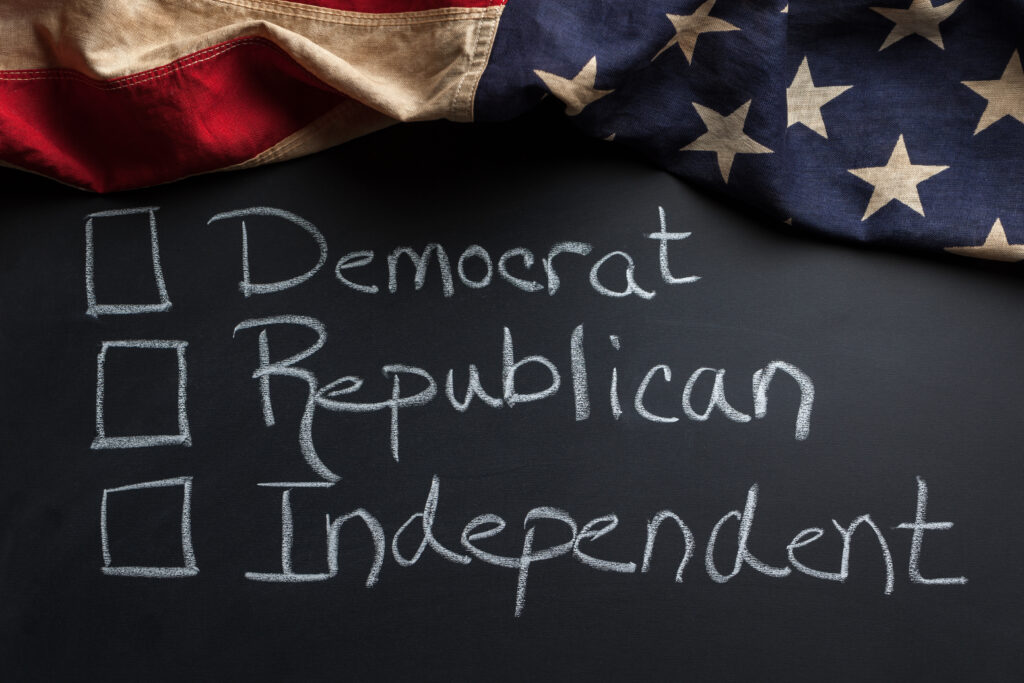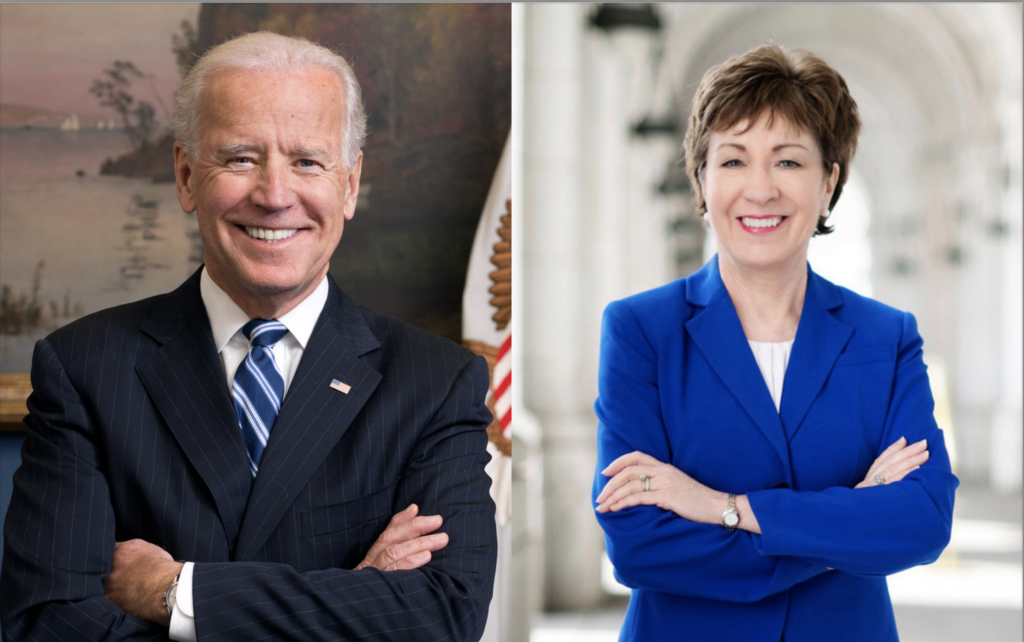Is Biden’s Blue Wall Collapsing Over Inflation?

Surveys show President Biden in deep trouble, but Democrats believe voters are disengaged and they have plenty of time to get their message out. Some are choosing to ignore surveys that show Biden behind, which is similar to Republicans that didn’t believe polls showing anything other than a Red Wave in 2022. Democrats would be […]
Afghanistan: The Watershed Moment For Biden Job Approval

In the leadup to Iran’s first-ever direct attack on Israel, President Biden said that US support for Israel was “iron clad.” But as Israel is ready to move forward to defeat Hamas in Rafah, the last stronghold of Hamas, the President is threatening to halt weapons shipments if they proceed. This announcement comes as US […]
What’s The Matter With Congress?

Congressional job approval is at historic lows with Gallup’s latest rating at a dismal 15-81 approve- disapprove. A recent survey of Congressional staff by the Congressional Management Foundation revealed significant frustration on Capitol Hill, but also a few bright spots. 1.) The desire for bipartisanship still exists. There was broad agreement among staff respondents that it is necessary for Senators and […]
Who Is The Candidate Of Change In 2024?

The 2024 presidential race will be a Biden-Trump rematch, but compared to today’s sour political climate, the 2020 election was a very different time for the country. We were still in the throes of COVID. The economy was central to the election, but the country was still trying to defeat the virus as closures continued […]
How Do Highly Educated Voters Vote?

One observation that has become commonplace in recent years when talking about changing partisan trends is that the Democratic Party is becoming the party of educated voters, while voters with less education are increasingly voting Republican. How true is this analysis? To answer this question, we took a look at data from the most recent […]
It’s the Year of the Independent: An analysis of the 2022 Midterm Election

In this election, Republicans, Democrats and the media expected a significant Red Wave. Projections of Republicans winning 240 seats were not uncommon, and most had the number at 230 or higher. On election night, it was not clear that Republicans could reach 218, and it wasn’t until over a week later that media entities began […]
“Split Decision”: An analysis of the 2020 Presidential Election

Going into the 2020 November election, Joe Biden enjoyed a sizable lead, according to most media polling. Democrats believed the country was moving toward the left; and that, as a result, the political environment was also moving significantly in their direction. If they could tie Republican Congressional candidates in swing districts/states to Trump, while the […]
